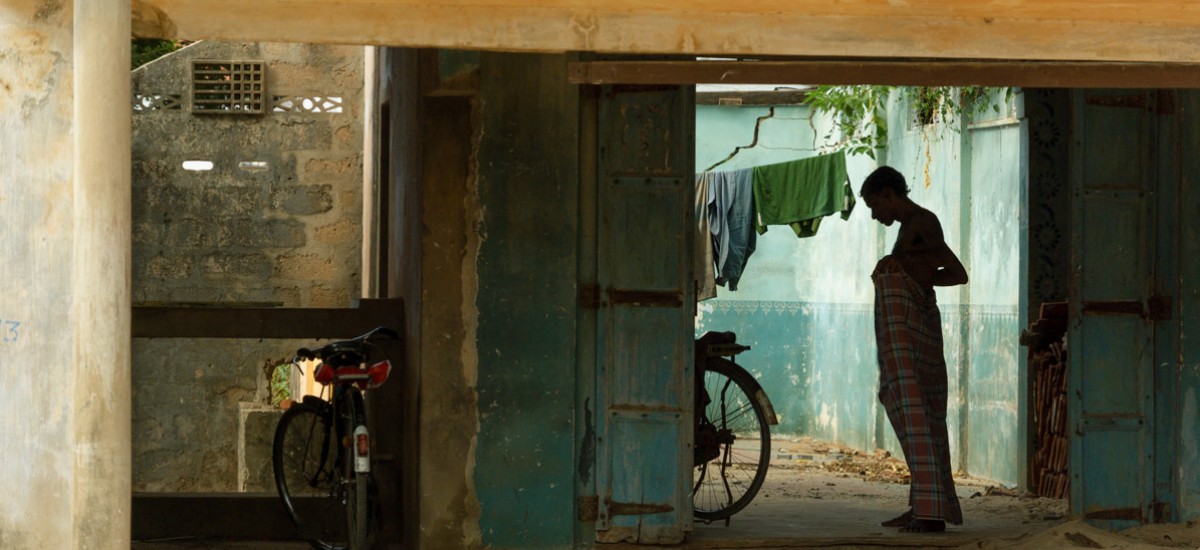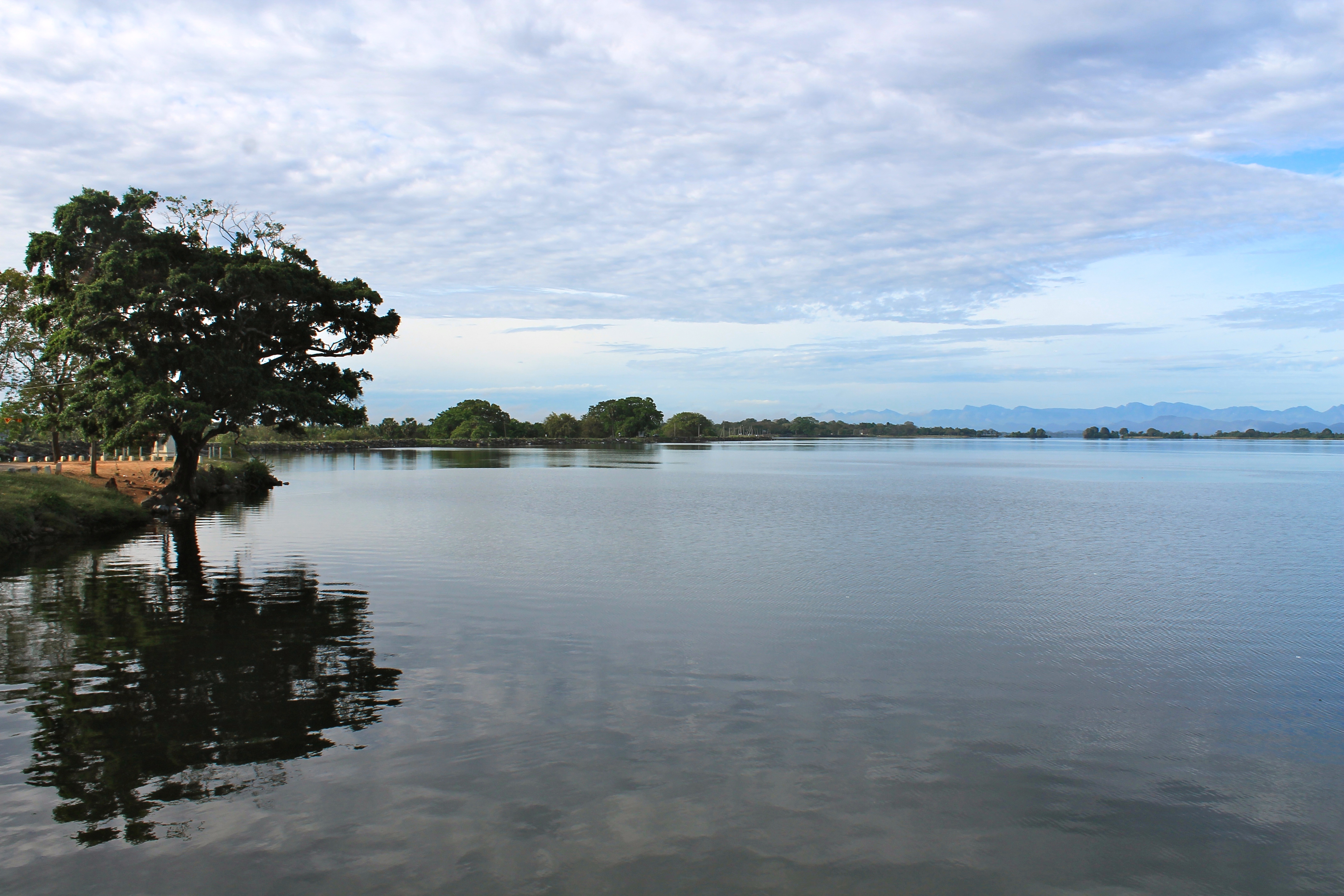Photo by Vidu Gunaratna, AČK | Photography
Kasturi was born in another century in what really was another country. It was called Ceylon, and the year, 1933.
Two years earlier, exercising the newly granted universal adult franchise, the people of Ceylon had elected 50 members to the first State Council. The times were turbulent: the West was grappling with the Great Depression, while in the East, agitation for self determination and end of colonialism was gathering momentum.
Kasturi was too young to grasp any of this as he grew up in a village close to Gampaha, then part of Colombo district. The eldest boy in a middle class Sinhalese family, he had an ordinary upbringing: he went to the village school for primary education and then to a Colombo school for secondary studies. At that stage, English became his medium of instruction.
That language switch — and disruptions caused by the Second World War — cost him a couple of school years, but he was far from alone. In the end, Ceylon survived the economic hardships of that distant war with a few bruises: combat hit home only once, when the Japanese bombed Colombo and Trincomalee in April 1942.
After the war, as Kasturi entered his teens, things began to look up.
When he was 15, as a wide-eyed school boy, Kasturi walked to Colombo’s Torrington Square (now Independence Square) to see the British hand his island back to recently elected national leaders. On that February morning in 1948, he was proud and hopeful. Free at last!
Newsreel: Ceylon Gains Independence (1948)
http://www.youtube.com/watch?v=wt4Cvw4jx6w
The next day, his teacher asked the class to write on what independence really meant for Ceylon. Kasturi put his heart and soul into it, and his essay was adjudged the best.
The young man and the young nation grew on parallel tracks. In time, bright and studious Kasturi entered the University of Ceylon. He was assigned to the Peradeniya campus.
The four years he was a residential student there — from 1954 to 1958 –changed his life. He graduated with much more than history honours.
When he entered, the newly built picturesque campus was still being moulded in the finest British traditions by its founder vice chancellor, Sir Ivor Jennings. But the winds of ethno-nationalism were already picking up, and were set to transform the character of Kasturi’s campus and nation before that decade ended.
Turning Point
The year 1956 was a turning point for the young man and his nation. He voted for the first time in a general election. A majority of voters elected a coalition riding on a wave of Sinhala nationalism. The new government elevated Sinhala as the only official language.
In tranquil Peradeniya, meanwhile, Kasturi had his share of tumult. He fell in love with a fellow undergraduate who just happened to be Tamil.
Her name was Bhavani. She hailed from a conservative, middle class family in Jaffna. Besides her native Tamil, she was already fluent in Sinhala and English languages. She was spirited as she was talented.
She was studying Sinhala as a subject, and shared those classes with Kasturi.
It was a low-key affair known only to a handful of friends. The couple realized early on how much the odds were against them. Inter-racial romances and marriages were less common at the time.
Her parents only spoke Tamil and Kasturi’s, only Sinhala. Yet, youthful idealism gave them the audacity of hope.
In the company of friends, they toured the island. In those heady days, undergraduates could afford to go on trips. Kasturi discovered Jaffna and a whole new culture. Bhavani was already familiar with Sinhalese traditions.
They both graduated in 1958, the year Kasturi turned 25. But it wasn’t a time to celebrate. The young lovers watched with alarm as Sinhala and Tamil ultra-nationalism came to a head-on collision over the language issue.
The riots shocked and traumatised both communities. Journalist Tarzie Vittachi, in his Emergency ’58: The Story of the Ceylon Race Riots wrote: “The people of Ceylon have seen how the mutual respect and goodwill which existed between two races for several hundred years was destroyed within the relatively brief period of thirty months.”
He ended his depressing chronicle with a question: “Have we come to the parting of the ways?”
That uncertainty worried everyone, especially Bhavani and Kasturi. If their match had been unlikely earlier, the political developments made it even more so.
Soon, they both found government jobs in Colombo – Kasturi as a teacher, and Bhavani as a translator. They continued to meet, trying to fathom what their future held.
A Bridge Too Far?
They were idealistic but not naïve. Ever so gently, they sounded out their respective families. They soon realized that both families would oppose their marriage.
Kasturi’s parents lived in an all-Sinhalese village, and while not racist, they had never been exposed to other cultures. “They would never have accepted a Tamil daughter-in-law, especially after the 1958 riots,” he later wrote.
Similar sentiments were expressed on Bhavani’s side. No particular hostility, but a simple – yet powerful — lack of understanding of the ‘other’.
Their love was sincere and strong, but having been raised in conservative backgrounds, neither wished to burn bridges with own family. And so, circa 1960, they tearfully went their own separate ways.
Should they have pushed the limits and taken their chances? Could things have been any different? We can only speculate — but must never question personal choices.
When idealism ended, Kasturi was 27, and independent Ceylon, just 12.
In time, Kasturi married a woman of his own tribe and raised a family. As a teacher and later headmaster, he taught thousands for two decades.
He watched, helplessly, as his land burnt and bled from two youth insurgencies in the South (1971, 1987-89) and a separatist movement in the North that turned into a long drawn civil war.
Kasturi and his generation kept on changing governments at elections.
Conservatives were swapped for socialists and back. It wasn’t enough to pull the nation back from the slippery slope it had embarked on in 1956.
Black July
Then ‘Black July’ happened. When that carnage unfolded in the summer of 1983, Kasturi had just turned 50 and taken early retirement. For the next quarter century, he would watch in horror as his generation’s blunders consumed the next generation’s future.
That momentous year, he also lost all contact with Bhavani. They’d been in occasional touch over the years, even after she was transferred back to the North. After Black July, there was absolutely no news.
Did she live on in her village? Or somewhere else? Or moved to another country? Is she still alive?
Three decades on, Kasturi has no idea. Chances are that he would never know.
In May 2009, Kasturi’s hopes were rekindled again one more time. The guns fell silent. The tragic war was finally over, reports said, albeit at a tremendous cost. As a student of history, he knew exactly what a ‘Pyrrhic victory’ meant.
By then, Kasturi was 76 and living on a teacher’s pension. All his life, he had played by the rules. He never missed voting at an election. He had more than paid his dues to society. Now, in whatever time he had left, all he wanted to see was some peace and stability.
School teachers often think in generational terms. Kasturi grieved for Lanka’s lost generation, and hoped the next one would have a fair chance. In his advanced years, he dared to dream again…
False Dawn?
In 2013, as Kasturi turned 80, he was bewildered. Yes, the guns had been silent (at least in strict battlefield terms). But the divisions had not blurred. If anything, they were sharper than before.
Surely, peace isn’t simply the absence of armed combat?
The bridges burnt by follies of his generation were not being rebuilt. A triumphalist state was preaching ‘reconciliation’ without practising it. The vultures of war were looking for fresh fights.
With his years of reading, Kasturi knew the wounds of war would take a long time to heal. But he now wondered if ‘peace’ had been a false dawn. He had heard too many hollow promises, and seen too many wrong turns.
Kasturi had long relied on rational arguments, but these were ignored by fellow men and women driven by tribalism, not reason. So he tried his hand at fiction.
He wrote a novel in Sinhala, part autobiographical and part imagination. Published in late 2013, it is a very ordinary and slim volume. In his story, the riots of 1958 and 1983 never take place. The resulting war doesn’t happen.
Everything isn’t hunky-dory, but the ethnic and cultural differences are somehow managed. Hope is not squandered away. Countless innocent lives and dreams are not blighted by the politics of division and hatred.
In that parallel universe, Kasturi and Bhavani get married. Their families, initially apprehensive, come around after a while. They get over the fear of the unknown.
Naïve and idealistic? Maybe. But that’s the fiction writer’s license.
In the real world, meanwhile, Kasturi is a weary and worried old man. He doesn’t know much about alternate histories, but keeps wondering what mis-steps his generation could have avoided.
Two questions keep endlessly turning in his mind:
What have we done?
And what IF…?
On some days, he asks himself whether there was such inevitability to all that really happened. Was Lanka doomed by the inertia of its long history? Or were warning signs ignored and dissenters ridiculed?
On other days, he ponders a more pertinent question: where does his nation go next? More importantly, have we learnt the costly lessons of events that unfolded during his lifetime?
###
Kasturi isn’t a figment of my imagination. Neither is he a composite character. Kasturi is all too real.
He is my father.
And I have no answers for any of his questions.
Science writer Nalaka Gunawardene would gladly suspend disbelief if he can find the alchemy of peace and reconciliation. In his saner moments, however, he knows there are no shortcuts.
###
This article is part of a larger collection of articles and content commemorating five years after the end of war in Sri Lanka. An introduction to this special edition by the Editor of Groundviews can be read here. This, and all other articles in the special edition, is published under a Creative Commons license that allows for republication with attribution.


